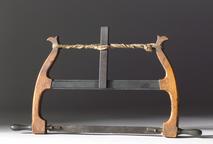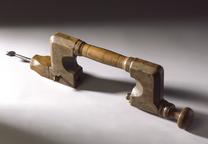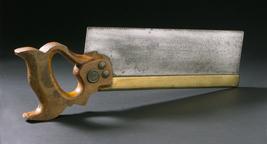
FIVE specimens illustrating mode of preparing dies for the coinage
FIVE specimens illustrating mode of preparing dies for the coinage, struck by William Wyon R A, for the Museum of Economic Geology in illustration of the mode of preparing dies for the coinage 1842 mounted on mahogony board






